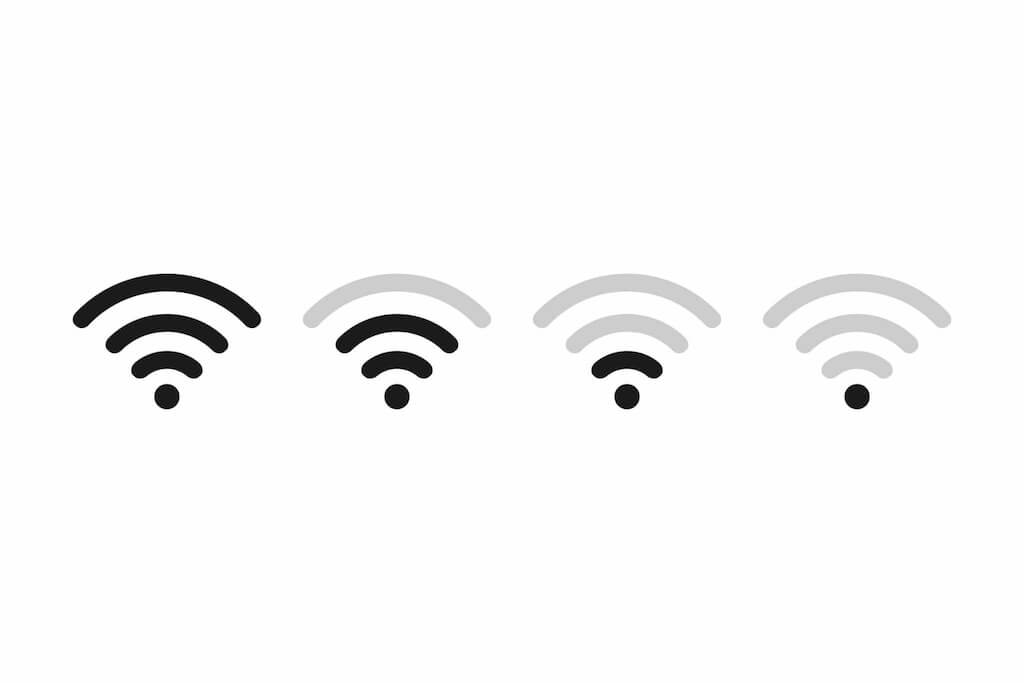Why Your Wi-Fi Router Could Be the Weakest Link in Your Home Security

In an age where almost every household is connected to the internet, securing your Wi-Fi router is more important than ever. Most people focus on securing their computers, smartphones, and smart devices, but they often overlook the very device that connects them all—the Wi-Fi router. Unfortunately, this makes the router one of the weakest links in home security, potentially exposing your entire network to cyber threats.
In this post, we’ll explore why your Wi-Fi router could be the Achilles’ heel of your home network, identify the common vulnerabilities that hackers exploit, and provide actionable steps you can take to fortify your router against cyberattacks.
Why Wi-Fi Routers Are a Prime Target
1. Default Settings and Weak Passwords
Most routers come with default settings that are rarely changed by users. This includes the router’s default username and password, which are often easy to guess. Cybercriminals know this, and they frequently use automated tools to scan for routers with default credentials.
2. Outdated Firmware
Router manufacturers release firmware updates to patch security vulnerabilities, but these updates are often ignored by users. Running an outdated firmware version can leave your router exposed to known security flaws that hackers can exploit to gain access to your network.
3. Poor Encryption Standards
Older routers may use outdated encryption methods like WEP (Wired Equivalent Privacy), which can be easily cracked by hackers. Even some WPA2 (Wi-Fi Protected Access 2) implementations are vulnerable if the router’s configuration is not optimized for security.
4. Lack of Firewall Protection
Many users don’t realize that their routers have built-in firewall features that can block unauthorized access attempts. If not properly configured, your router might be leaving your network open to attacks.
5. Vulnerable IoT Devices
Your Wi-Fi router connects all your smart devices to the internet, making it a potential entry point for cybercriminals. Many IoT (Internet of Things) devices have weak security measures, and if a hacker compromises one of these devices, they could gain access to your entire network.
How to Secure Your Wi-Fi Router
Now that we’ve identified the risks, let’s look at how you can protect your router and, by extension, your home network from cyber threats.
1. Change Default Credentials
The first step in securing your router is to change the default username and password. Choose a strong, unique password that includes a mix of letters, numbers, and special characters. Avoid using easily guessable information like your name or address.
2. Update Router Firmware
Regularly check your router manufacturer’s website for firmware updates and apply them as soon as they become available. Some modern routers offer automatic updates, which is a feature worth enabling if your router supports it.
3. Use Strong Encryption
Ensure that your router is using WPA3 encryption, the latest and most secure Wi-Fi encryption standard. If your router doesn’t support WPA3, at least ensure that WPA2 is enabled, and avoid using WEP at all costs.
4. Enable the Router’s Firewall
Access your router’s settings and make sure the built-in firewall is enabled. This will add an extra layer of protection by filtering out unauthorized traffic and potential threats.
5. Disable WPS
Wi-Fi Protected Setup (WPS) is a convenient feature that allows you to connect devices to your Wi-Fi network with the push of a button. However, it’s also a significant security risk. Disable WPS in your router’s settings to prevent hackers from using it to gain access to your network.
6. Create a Guest Network
If you frequently have visitors who need to use your Wi-Fi, set up a separate guest network. This will keep your primary network more secure, as guests won’t have access to your main devices.
7. Regularly Monitor Connected Devices
Use your router’s interface to keep track of all devices connected to your network. If you see any unfamiliar devices, investigate immediately, as they could be unauthorized users.
8. Reboot Your Router Regularly
Rebooting your router can help clear any potential malware or malicious scripts that may have been injected into its memory. Make it a habit to reboot your router at least once a week.
Conclusion
Your Wi-Fi router is the gateway to your home network, and securing it is essential to protect your data and privacy. By following the steps outlined in this post, you can significantly reduce the risk of your router being compromised by cybercriminals.
Don’t wait until it’s too late—take action today to secure your Wi-Fi router and keep your home network safe. For more cybersecurity tips and in-depth guides, stay tuned to hersoncruz.com.